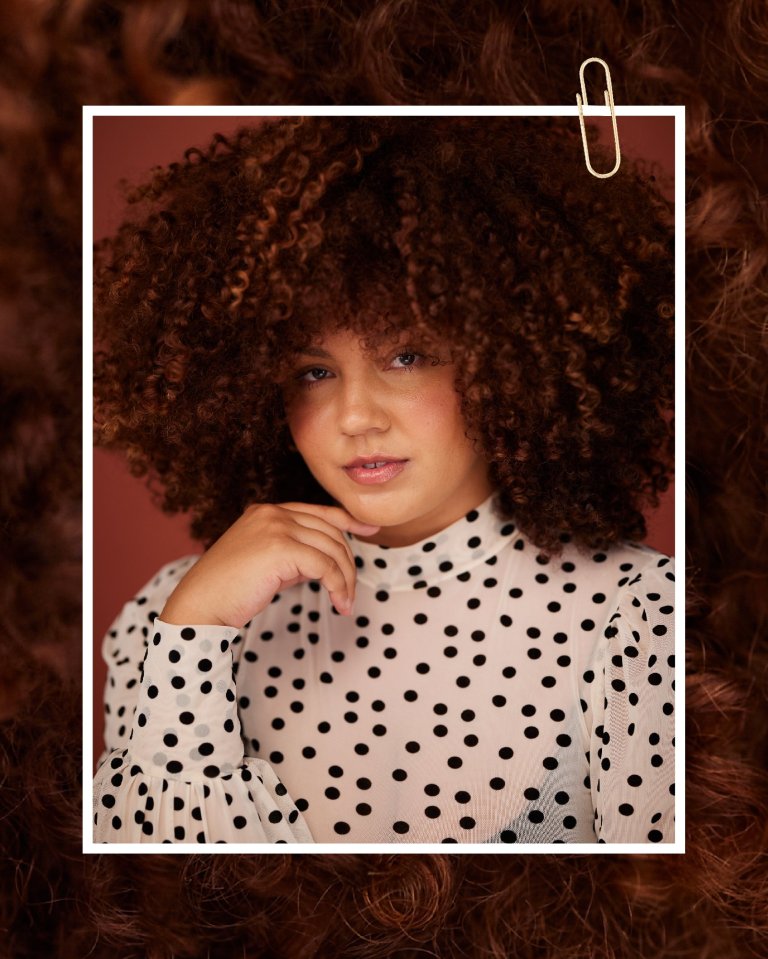Protective hairstyles have been a cornerstone of curly hair care for centuries.
They may not have always been named as such nor adequately appreciated, but over time, have become a reference for learning, inspiration and experimentation.
The aim of protective styles is to keep the hair tucked away and protected from outside aggressors such as weather, dryness, snags and everything in between.
When should you turn to protective styles?
Autumn and winter tend to be the months that protective styles are most useful due to the air being cooler and much drier, leading to dry hair and breakage.
However, the summer heat and humidity can also provide ample opportunities for the use of protective styles, due to sun exposure that dries and lightens colour. Wrapping and twisting the hair during these times means the majority of strands are less exposed to the elements.
What are the best protective styles to try?
Some great examples of protective hairstyles are twists, braid-outs, box braids and wigs. They are versatile styles so if like me you like to break rules, each can be adapted from day to day.
What are the key benefits?
The benefits of protective styles make them worth considering for your next wash day, and if enjoyed, can be turned to throughout winter. These benefits will convince you to try:
1. They’re low maintenance:
Although protective styles can take a while to do, once they’re done they’re done. You can wake up free from the thought of having to revive your hair, and these styles rarely need daily attention.
If a refresh is necessary, the hairstyles are usually easily redone and the moisture tends to last longer than if it were a wash and go.
2. Moisture retention:
Keeping the hair tucked away in the form of braids or twists means moisture less easily leaves the hair compared to a wash and go. You are therefore less prone to tangles, frizz and breakage, and the styles can potentially lead to more visible hair growth.
This is not to say your hair grows less when in a wash and go, but length retention is the factor protective styles are most likely to increase, which is an added plus.
These are some of my favourite hair products to use with protective styles:





*Eliza may earn commission on sales from these product links
Are there any downsides to trying protective styles?
Perhaps the main ‘negative’ of these styles is the potential for breakage and hair loss.
If protective hairstyles are installed too tightly, they can cause breakage and hair loss. This often happens with box braids, cornrows and flat twists.
Many people who use these hairstyles regularly struggle with traction alopecia from the persistent pulling and tugging on their hair. This obviously defeats the point of protective styles completely, highlighting the importance of care and patience when doing these hairstyles.
It’s also important not to leave your protective style in for too long. Cornrows, braids or twists with your own hair should stay in for a month max, with refreshers in-between.
If you choose a protective style with extensions or a wig, they should be left in for no longer than two months. Any longer could lead to matting and tangles, which makes detangling incredibly difficult and could lead to excess hair loss and breakage.
As with anything concerning curly hair, there are pros and cons to protective styles, but the most important part is how you feel about your hair, what fits into your routine and what brings you the most joy.
There are so many opinions of protective styles in terms of what could be considered one, how long to leave them in for, and which ones are most and least damaging. Above all, having patience with your hair and with yourself is the most important thing. Rushing a protective style is just as bad as rushing a wash and go, and the impact on your hair will be visible.
My advice? Experiment with your styles and see how you go!










